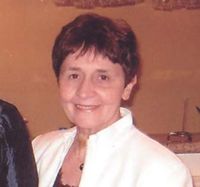For the people of Israel, no other god can compare with their God whom they know as both creator and liberator and whom they experience as intimately involved in every aspect of their history and their day-to-day lives. In a world of many gods, the assertion that ‘there is no other’ is an enormous claim to make. God’s sustaining and liberating presence brings with it serious responsibilities: keeping God’s commandments ‘grounds’ both them and their descendants in the life of their God.
Romans 8:14
Here as elsewhere in his letters, Paul’s use of trinitarian language almost certainly reflects his belief and the belief of the earliest communities in a God who is one but also three-in-one. This belief was to develop over the subsequent centuries into the doctrine of the Trinity which is at the heart of Christian faith. God is not a distant God, but rather a God whose Spirit draws us, as ‘God’s children’ and as ‘joint heirs with Christ’, into the very communion of the Trinity.
Matthew 28:16-20
In these closing verses of Matthew’s gospel, Jesus claims all the power and authority of the God of Israel. He commands his disciples to make disciples of all peoples and to baptise in the name of the Triune God.
At the beginning of the gospel, Jesus is named Emmanuel, ‘God with us’. With his final assurance, ‘know that I am with you always’, we find ourselves gathered into the very life of God.
Perichoresis , a Greek term suggestive of dancing or of figures interweaving, is one of the earliest and probably one of the most striking images used to explain the Trinity. The life that is in God is three and yet one in a totally harmonious dance of equals. The wonder is that we are invited to join the dance.
Trinity Sunday is the day we set aside to celebrate the nearness of the God who draws us into the dance of life and love.
